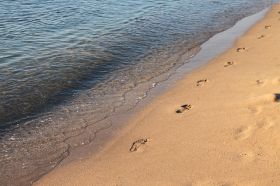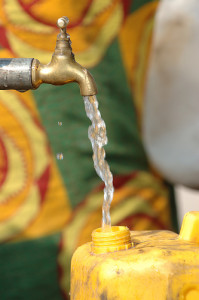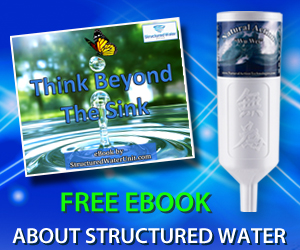
Here is an awesome article I found about being mindful of our water print. With the Structured Water Unit you can use less water to hydrate your garden.
Hidden Water In Your Products
by Libuse Binder
Published on July 12th, 2010
By now, most of us are familiar with the usual water-saving tips: don’t leave water running unnecessarily, time your showers, install low-flow shower heads and resist the urge to unnecessarily water the lawn or wash the car.
You can also reuse greywater when appropriate (water from rinsingveggies can be used to water plants, for example), landscape withindigenous plants that don’t require more water than the location canprovide and run the dishwasher with a full load.
But what about all of the water “hidden” in just about every productwe buy? Hidden or virtual water is a relatively new term, developed byProfessor John Anthony Allen, which explores the concept of the waterneeded to grow/feed, manufacture, and process the products we buy, aswell as water used in industry in general.
Some everyday products, such as coffee and cotton, have anespecially high hidden water content. By being mindful of your virtualwater use, you can greatly reduce the total amount of water you use.
According to the EPA, agricultural irrigation accounts for more than 142 billion gallons of fresh water per day.
Photo: Flickr/Julien Harneis
Calculate your waterprint
As with your carbon footprint, the first step toward reduction is finding out how much water you are using and becoming more aware of the amount of water necessary to create the products you consume. Check outthe water footprint calculator at the Water Footprint Network in order to calculate your number.
If your footprint is high, you are in line with the national trend –the United States uses almost twice as much water as the United Kingdom– but there is plenty you can easily do to develop a new approach tohow you use one of our most precious commodities.
Once you know your number, it is easy to reduce your water print by using only what you need, reusing and buying secondhand, reducing packaging, composting and recycling and striving to buy products with the lowest water print...
Read full article here
To learn more about Natural Action Structured Water Units, please visit our Store.

 Twitter
Twitter Facebook
Facebook RSS
RSS Call 928-202-9155
Call 928-202-9155

